| RUSSIAN |
Grain-Degrain Project
MSU Graphics & Media Lab (Video Group)
Project:
Dr. Dmitriy Vatolin
Implementation, ideas:
Konstantin Strelnikov
Maxim Makhinya
We developed new methods of removing and applying of the film grain (specific type of noise that is usually present in materials that were captured from film). Our methods allow extraction of film grain information from video and using it for applying of the grain that is very similar to original.
Some examples and explanation you can find below.
Results
Here are three examples of film grain from real video, it could be easily seen that film grain has another structure than digital noise. In most cases film grain makes video more natural and also masks some small artifacts:
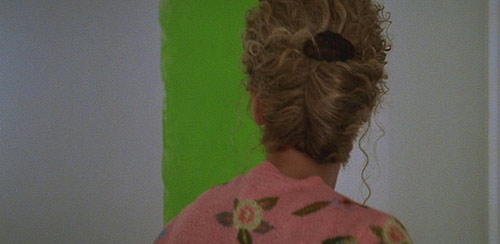
Frame from DA sequence (720x353 94KB)

Frame from MI sequence (640x272 70KB)
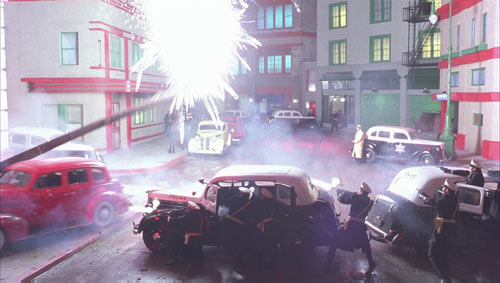
Frame from DTs sequence (1920x1088 640KB)

Scaled part of frame from DA
Scaled part of frame from MI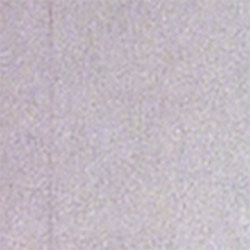
Scaled part of frame from DTs
We have developed several methods for film grain removal including temporal and spatial noise filtration; you can find few examples below:
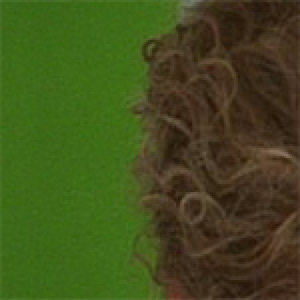
Source fragment from DA
Grain removal results

Source fragment from MI
Grain removal results
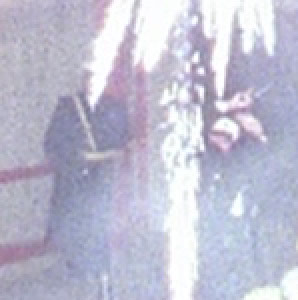
Source fragment from DTs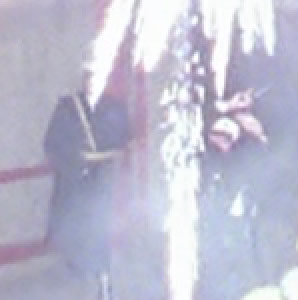
Grain removal results
We are proposing two types of grain parameters estimation:
And three types of grain generation:
An example of visual comparison for grain generation you can find below:
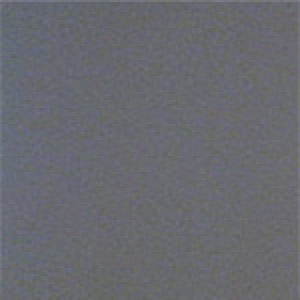
Source fragment from DA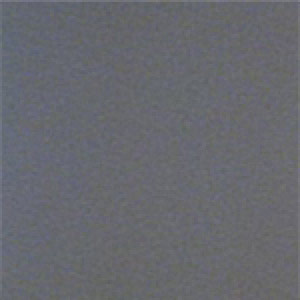
Regraining results

Source fragment from MI
Regraining results
We have obtained these results by original video de-graining, determining grain parameters and applying grain to the de-grained video. Structures of grain in the regrained frames look very similar to the original sources.
The following example shows how regraining technique helps to increase quality and makes compression artifacts significantly less noticeable:

Source fragment from DA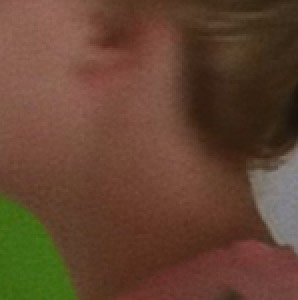
Regraining results
These methods provides possibility to add grain to any other video, making it more natural (for example adding grain to synthetic video). This also makes compressed video look better especially in case when original grain was corrupted by lossy video encoder.
Download
Please contact us if you are interested in a commercial license.
| E-mail: |  |
Other resources
Video resources:
Server size: 8069 files, 1215Mb (Server statistics)
Project updated by
Server Team and
MSU Video Group
Project sponsored by YUVsoft Corp.
Project supported by MSU Graphics & Media Lab